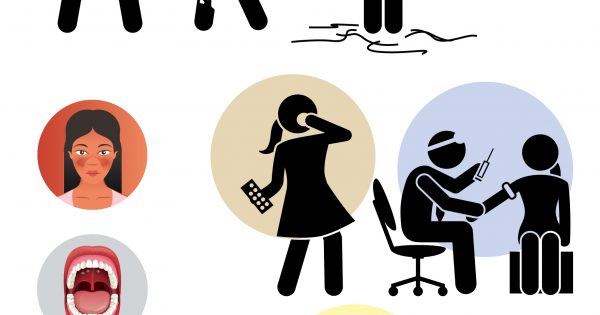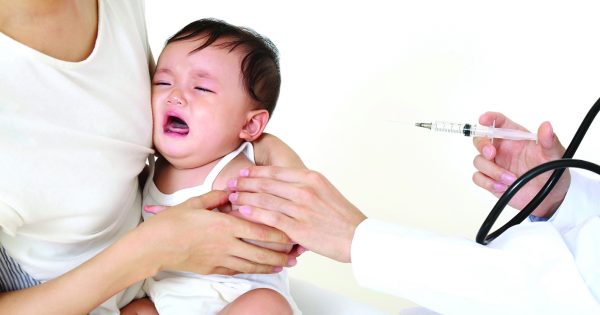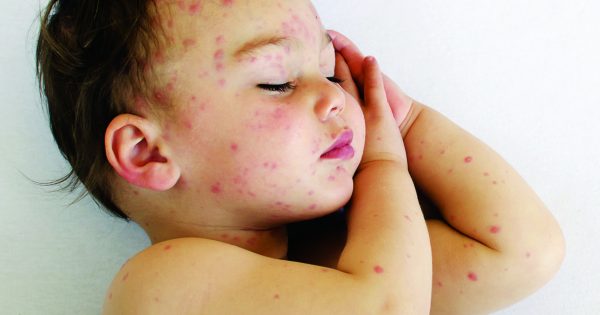Everyone knows that vaccines are good, but did you know how they are made? What are the processes that a vaccine has to go through before it can be distributed to the public? And how are we able to develop a range of vaccines against COVID-19 in a relatively short time compared to a typical vaccine development?
Since the first vaccine was created in 1796, vaccines have been very successful at protecting people against infectious diseases. We have come a long way since then, equipped with more advanced technologies and methods, as well as extensive testing and regulation to ensure the creation of vaccines that are safer and more effective. Vaccine development starts in the lab and goes through several stages before a vaccine can be introduced to the population.
Identifying the pathogen
To create a vaccine against a particular disease, the pathogen (bacteria, virus, fungi, parasite) that is causing the disease has to be identified first. Then, the pathogen will be studied in a laboratory to better understand its infection mechanism. A suitable antigen (part of the pathogen that induces an immune response) will be selected to develop the vaccine. The antigen may be a small component of the pathogen, like a surface protein, or the whole organism in a weakened or inactivated form.
Preclinical phase
Before a vaccine can be tested on people, it is first tested using lab-grown cells and animals to assess its safety and efficacy in preventing disease. This is done to evaluate the vaccine’s ability to induce an immune response and to figure out the safe and appropriate amount to start testing on people. Researchers may make adjustments to the vaccine at this stage to improve its safety and efficacy.
Clinical trials
After the vaccine has been proven to trigger a sufficient immune response and received the necessary approval, it can then be tested on humans in three phases of clinical trials.
Phase I: A small group of 20-100 young, healthy adults are recruited to receive the trial vaccine. The aim is to observe the vaccine’s immune response in humans, determine the right dosage, assess its safety, and identify any side effects. Typically, it takes at least one year to complete Phase I.
Phase II: The next phase involves several hundred participants, including those with similar characteristics (e.g. age, sex, health status) as the intended recipients of the vaccine. It aims to obtain more data on the safety and immunogenicity of the vaccine in people from more diverse backgrounds. Phase II usually takes a longer time to complete than Phase I and not all trial vaccines will proceed to the next phase.
Phase III: The final phase of clinical trials involves thousands of people and is usually conducted at multiple sites around the world to ensure that the findings apply to different populations. One of the main goals of this phase is to detect any rare side effects of the vaccine – this is why more participants are required. At this phase, researchers confirm the safety and efficacy of the vaccine to support mass distribution to the larger public. Phase III may take a few years to complete.
Approval, manufacturing & distribution
Following a positive result of the clinical trials, the vaccine then will be reviewed through a series of steps by relevant local and international regulatory bodies to ensure compliance with quality, safety and efficacy criteria before it can be approved and licensed for public use.
The whole vaccine development process starting from research until approval typically takes around 10-15 years. In Malaysia, the authority responsible for approving any vaccine or medication is the National Pharmaceutical Regulatory Agency (NPRA).
Once the vaccine has been approved, the vaccine manufacturer can begin to make larger batches of vaccine for distribution to the public. Vaccines are usually bottled in glass vials and then carefully packaged for safe cold storage and transport. It is important to store and transport vaccines at the right temperature and with the proper procedure to safeguard the integrity of the product.
Monitoring (Phase IV)
Even after the vaccine has been approved for the general population, regulatory bodies will continue to monitor the safety and effectiveness of the vaccine. Every country has their own system to detect and report adverse events linked to vaccination. Another part of the monitoring process is Phase IV study, an ongoing study to evaluate the effect of the vaccine as it is used in the wider population over a longer period of time. The data will help scientists and policymakers to fine-tune the policies of vaccine use and optimise the impact of the vaccine.
COVID-19 vaccine development
As seen during the pandemic, the COVID-19 vaccine development was accelerated due to the urgent need for a safe and effective vaccine to control the disease. Several factors contributed to the successful effort:
- Prior research on SARS-CoV-1 and MERS-CoV vaccines has helped reduce time spent on investigating the target antigen in SARS-CoV-2, the pathogen responsible for COVID-19.
- Researchers sped up their processes by combining and overlapping different phases of vaccine clinical trials, e.g. Phase II may begin even before Phase I ended or Phase II and III may be combined. Nevertheless, scientific designs and safety standards of the trials were maintained and not compromised.
- International collaborative efforts between different nations, international health organisations, and vaccine makers, who contributed financially, politically and strategically to enable the accelerated vaccine development pathway.
In Malaysia, NPRA granted conditional approval to COVID-19 vaccines when they were first rolled out. The evaluation period was shortened from the standard 245 days to less than a month to speed up the distribution of the vaccines to the public. COVID-19 boosters are still currently available at selected healthcare facilities – the list of clinics can be viewed on the MySejahtera app. You can also book for an appointment to receive the vaccine through the app.
By: Dato’ Dr Musa Mohd Nordin, Consultant Paediatrician & Neonatologist
Dr Husna Musa, Paediatrician






